


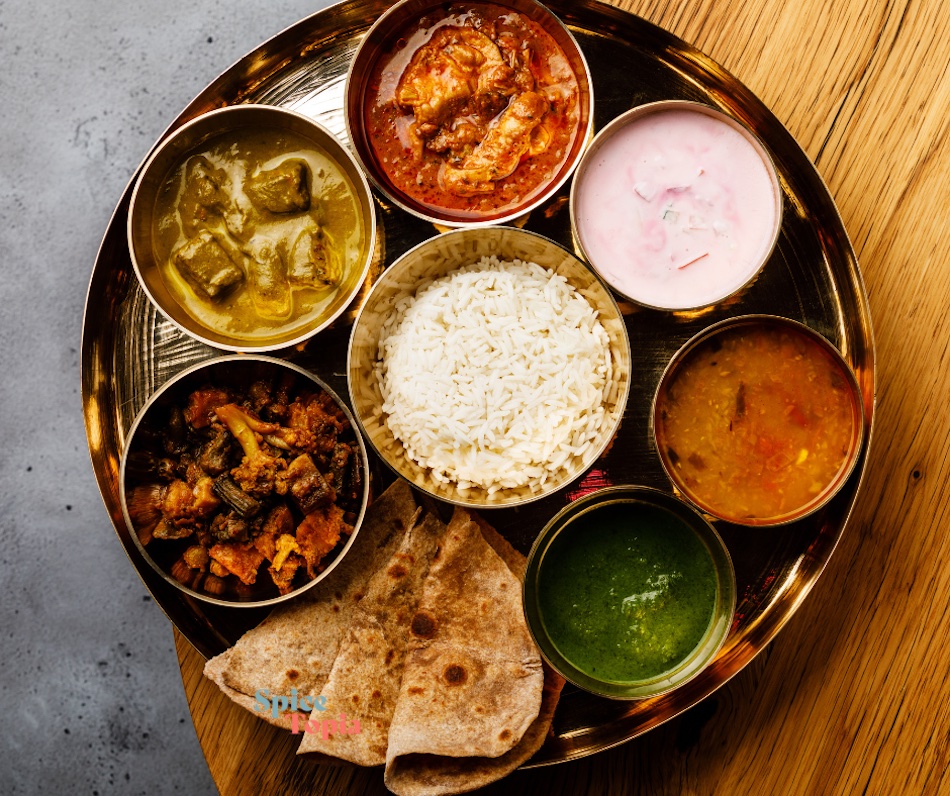
India is a land of many landscapes, colors, and cultures. The cuisine of India is no different. Among the many distinct regional cuisines, Northern Indian cuisine stands out with its bold flavors, aromatic spices, and hearty dishes!
Come along to explore the heart of Northern Indian flavors and the spices that bring these dishes to life.
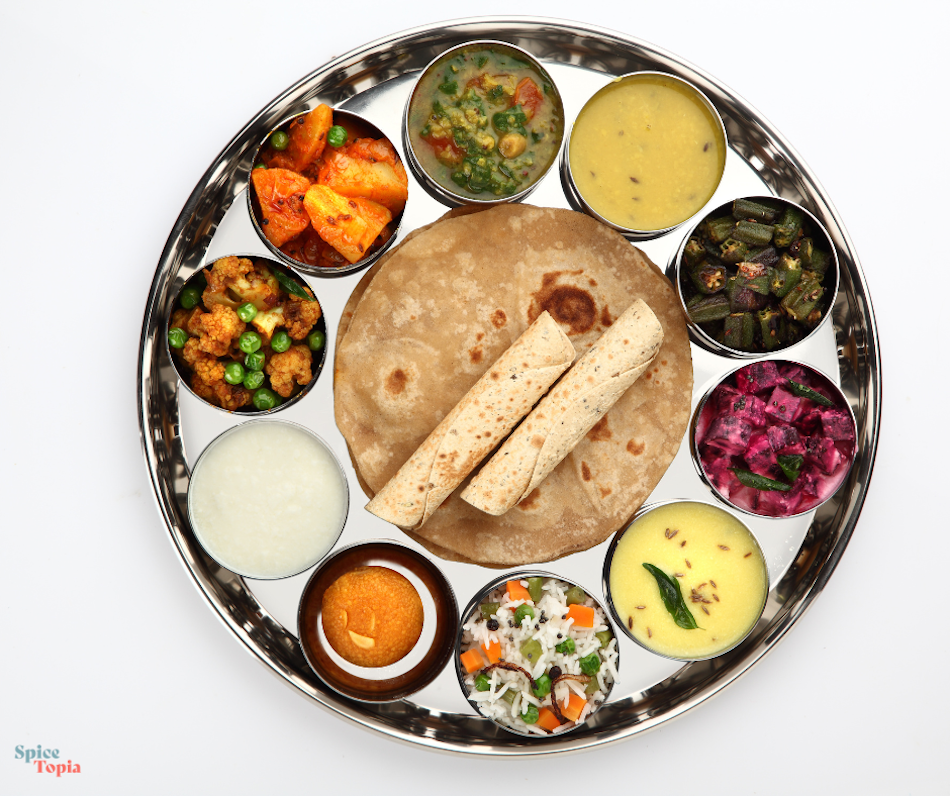
While some Indian foods are spicy hot (just like some American foods are spicy hot), the flavors of Indian food is much more than heat. In Northern Indian Cuisine, you’ll find flavors such as:
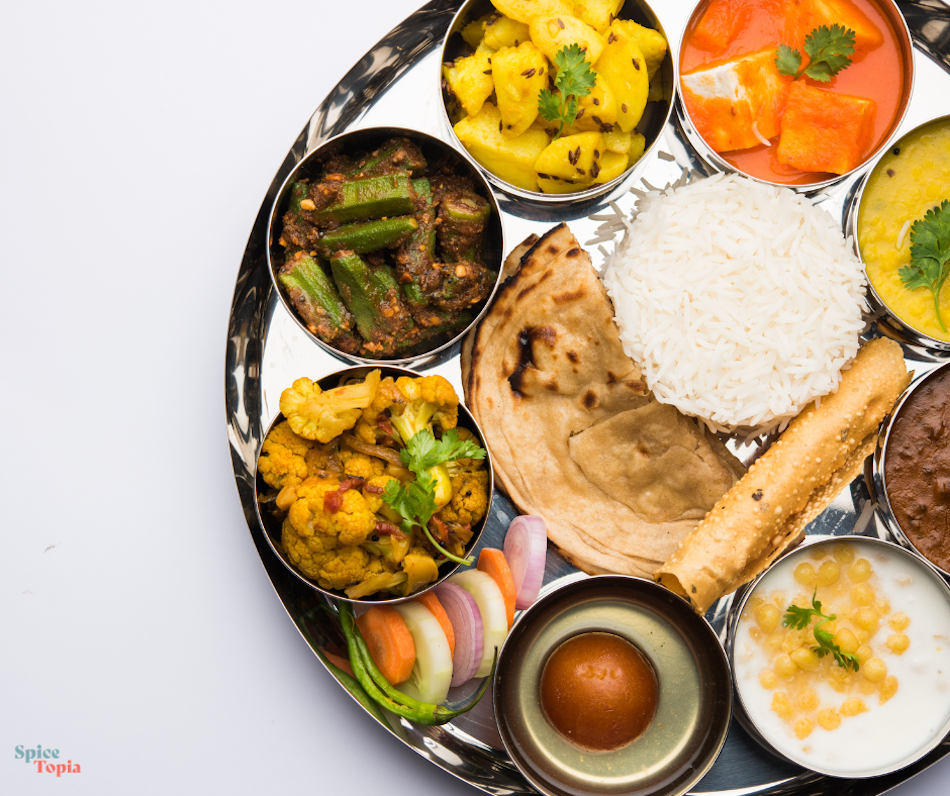
While Northern Indian food does feature rich gravy based dishes that we would call curry, it has so much more than that!
Vegetarian Delights: Northern India boasts a rich tradition of vegetarian cuisine, with dishes like dahl (lentils), paneer (fresh cheese), and vegetable biryanis (rice and vegetable dishes) offering a symphony of flavors without meat. This emphasis on vegetarianism stems from the region's strong Hindu and Jain communities, which traditionally adhere to vegetarian diets.

Tandoori Traditions: Tandoor cooking is a cornerstone of Northern Indian cuisine. These traditional clay ovens, fueled by charcoal or wood, impart a unique smoky aroma and flavor to dishes. Tandoori chicken, probably the most well-known tandoori dish in the United States, is marinated in yogurt and spices and then roasted in the tandoor, resulting in tender, succulent meat.
Spice-Driven Flavors: Northern Indian cuisine is renowned for its bold and flavorful spices. Spices like turmeric, coriander, cumin, and garam masala are used generously to create beautiful rich aromas and flavors. These spices not only enhance the taste of dishes but also contribute to their nutritional value and digestive benefits.
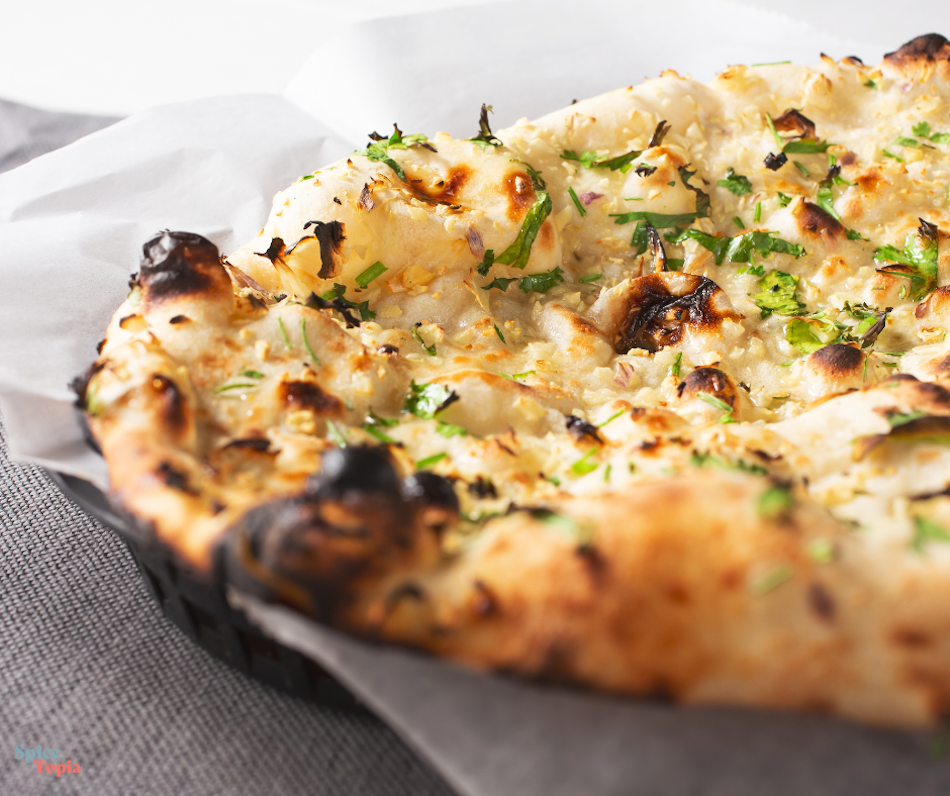
Wheat Flatbreads: While rice is certainly enjoyed in Northern India, wheat flatbreads are an essential part of Northern Indian cuisine. Flatbreads like naan, roti, and paratha are ubiquitous in Northern Indian cuisine. These breads, cooked in tandoors or on flat griddles, serve as essential accompaniments to curries, dals, and other dishes and provide a versatile base for scooping up food.
Rich Gravies: Northern Indian curries are often characterized by their rich and creamy gravies, which provide a luxurious mouthfeel and complement the heat of spices. Yogurt, tomatoes, and nuts are common ingredients used to create these gravies, adding depth of flavor and a velvety texture.
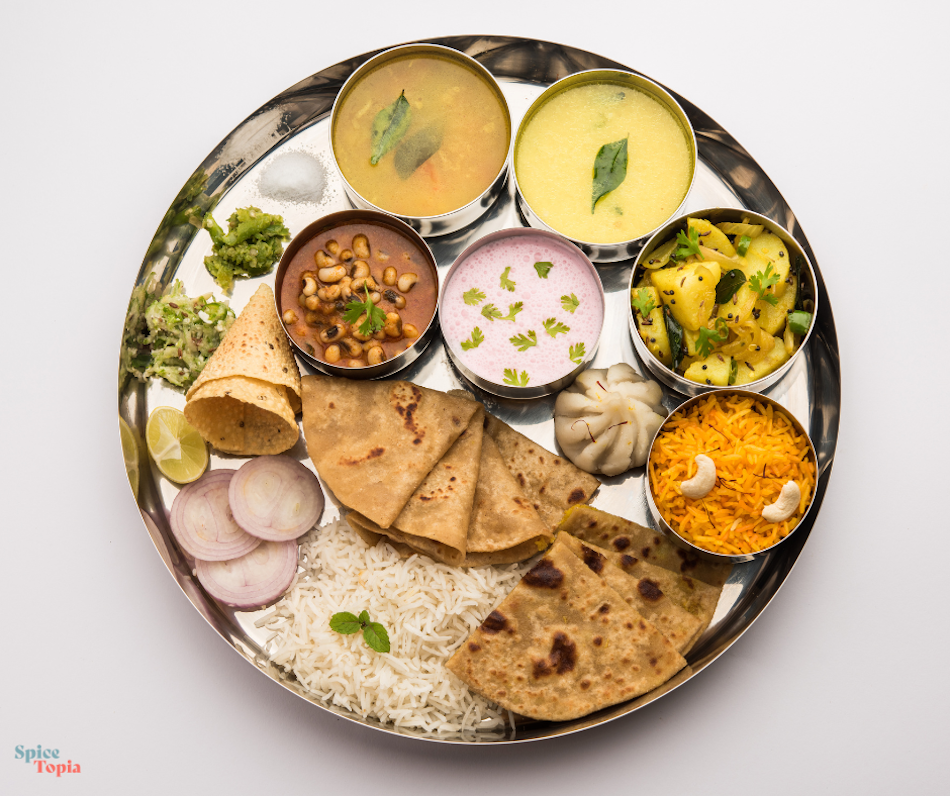
Just like any cuisine, Northern Indian food certainly has its share of elaborate and long cooking recipes, but it also features lots of quick and easy dishes. As one example, a pot of dahl topped with tempered oil and spices (a tarka) takes just 15–20 minutes and uses just a few ingredients.
As to the unhealthy part, what we find and eat in an Indian restaurant is not indicative of how most Indians eat on a regular basis. Many of the heavier dishes are meant to eat in small quantities along with lentils and vegetables.
Looking for a healthy and easy Indian Recipe? Try our Slow Cooker Aloo Vindaloo Recipe!
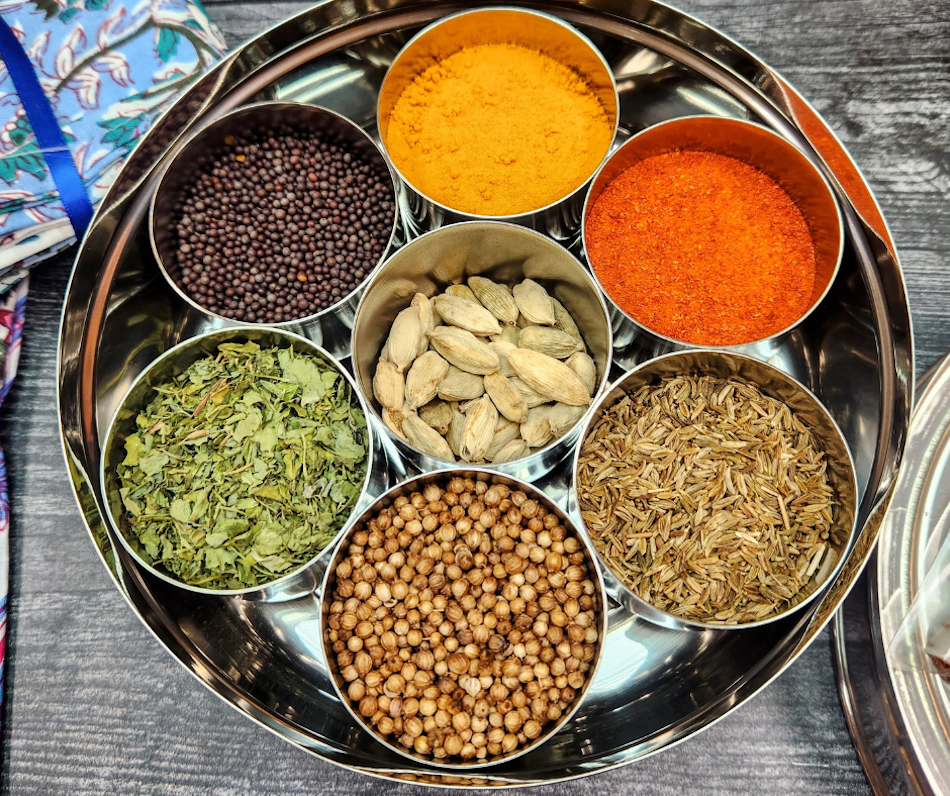
Northern Indian cuisine is renowned for its bold and vibrant flavors, a symphony orchestrated by an array of aromatic spices. These spices, often ground into powders or used whole, impart depth, complexity, and warmth to dishes, transforming simple ingredients into culinary masterpieces.
From the earthy depth of cumin to the warm aroma of cinnamon, each spice plays its part in creating the culinary masterpieces that define this region's cuisine.
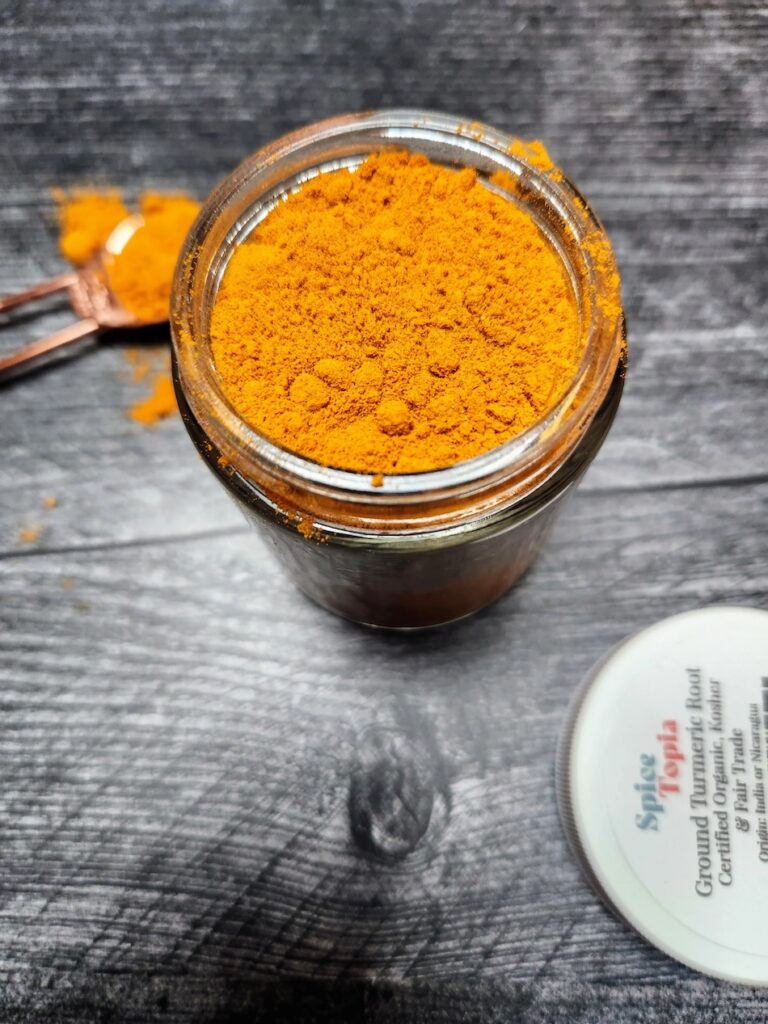
Turmeric, the vibrant yellow spice with its earthy aroma and warm, bitter flavor, is a staple in Northern Indian cuisine. Known for its anti-inflammatory properties and potential health benefits, you’ll find turmeric’s golden hue and distinctive taste in curries, dals, and rice dishes.
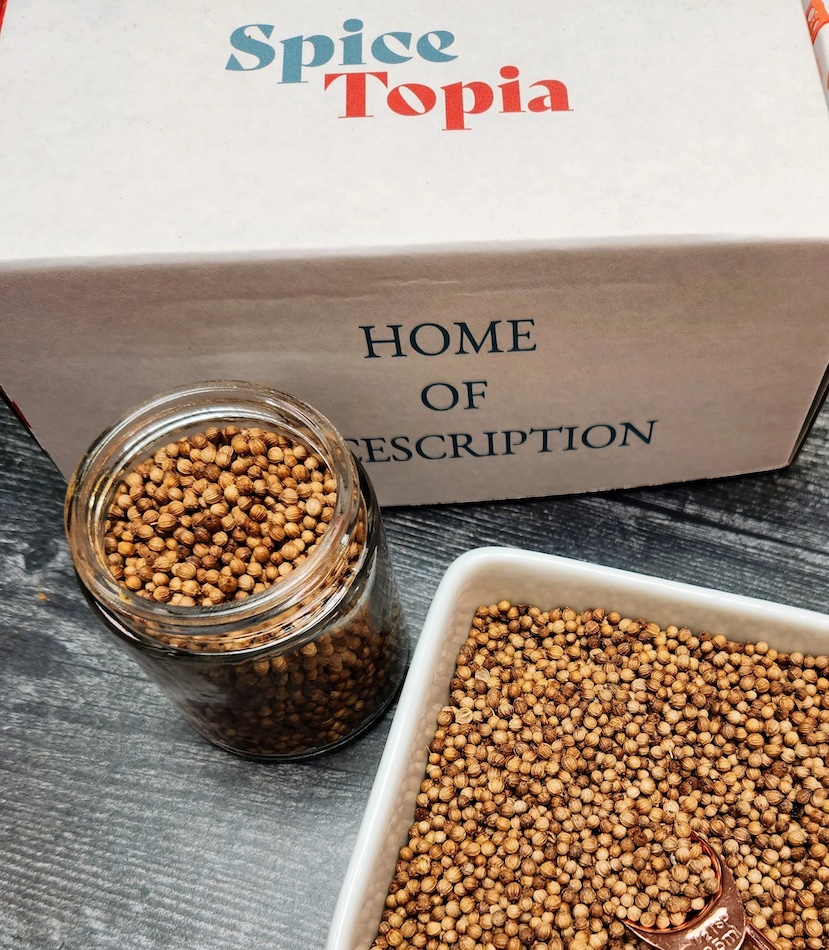
Coriander seeds, with their warm, nutty aroma and slightly sweet, citrusy notes, are indispensable in Northern Indian cuisine. They are commonly ground into a powder for use in curries, masalas, and chutneys, adding a touch of citrus and sweetness to balance the heat of other spices.
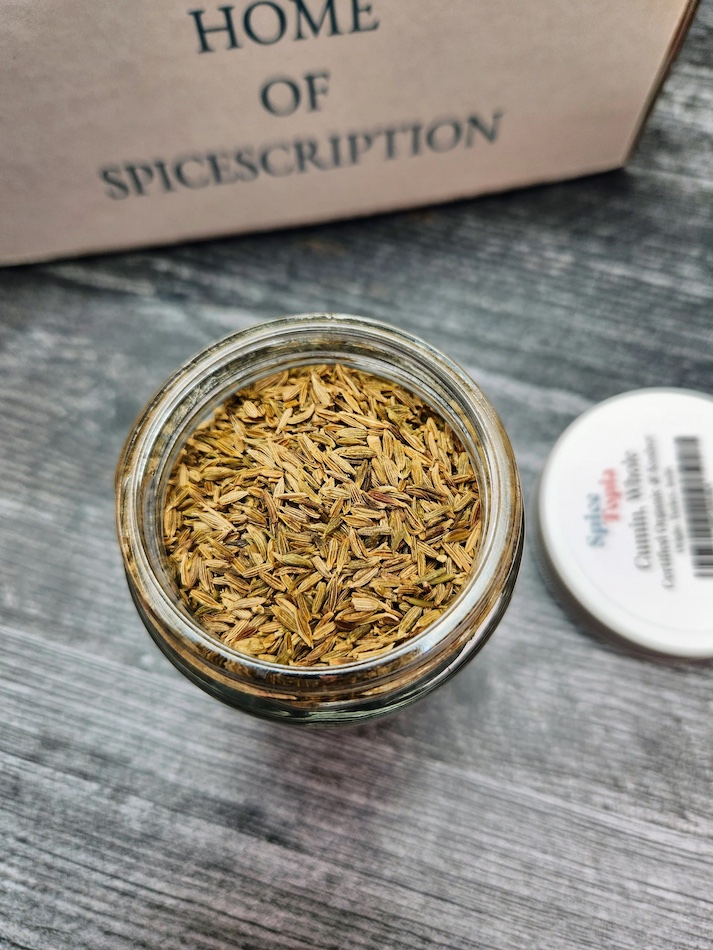
Cumin seeds, with their earthy, pungent aroma and slightly bitter flavor, are essential for tempering oils and adding a smoky depth to curries, dals, and spice blends. Their distinct flavor profile complements the richness of gravies and adds complexity to vegetarian dishes.
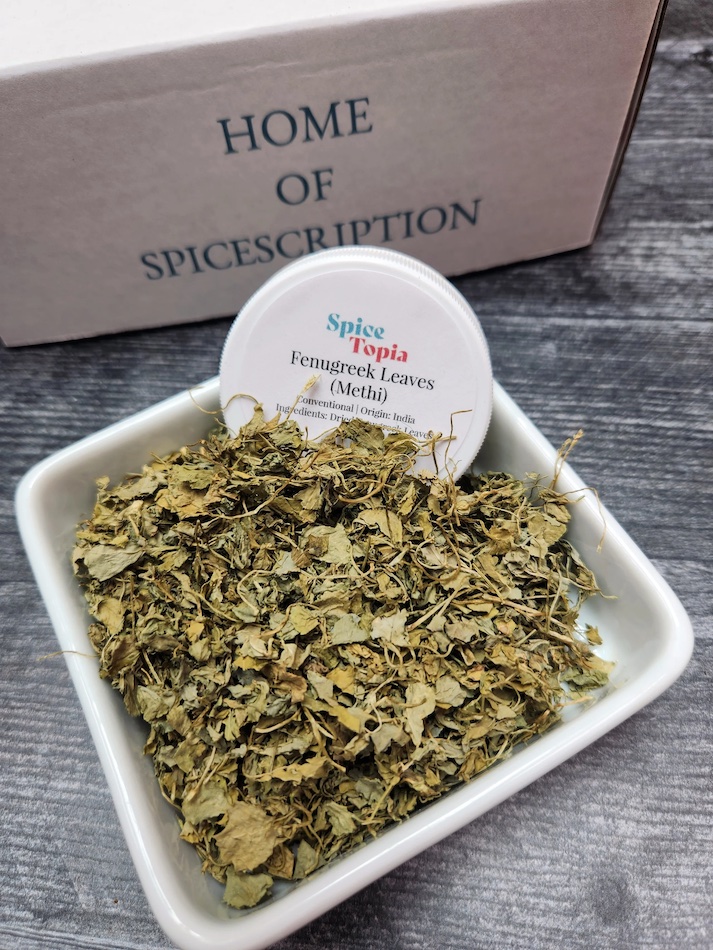
Fenugreek leaves, with their slightly bitter and earthy flavor, are commonly used in curries, dals, and chutneys. They impart a unique depth of flavor and aroma, particularly in dishes like aloo methi and saag paneer.
Shop our complete collection of Indian Spices!
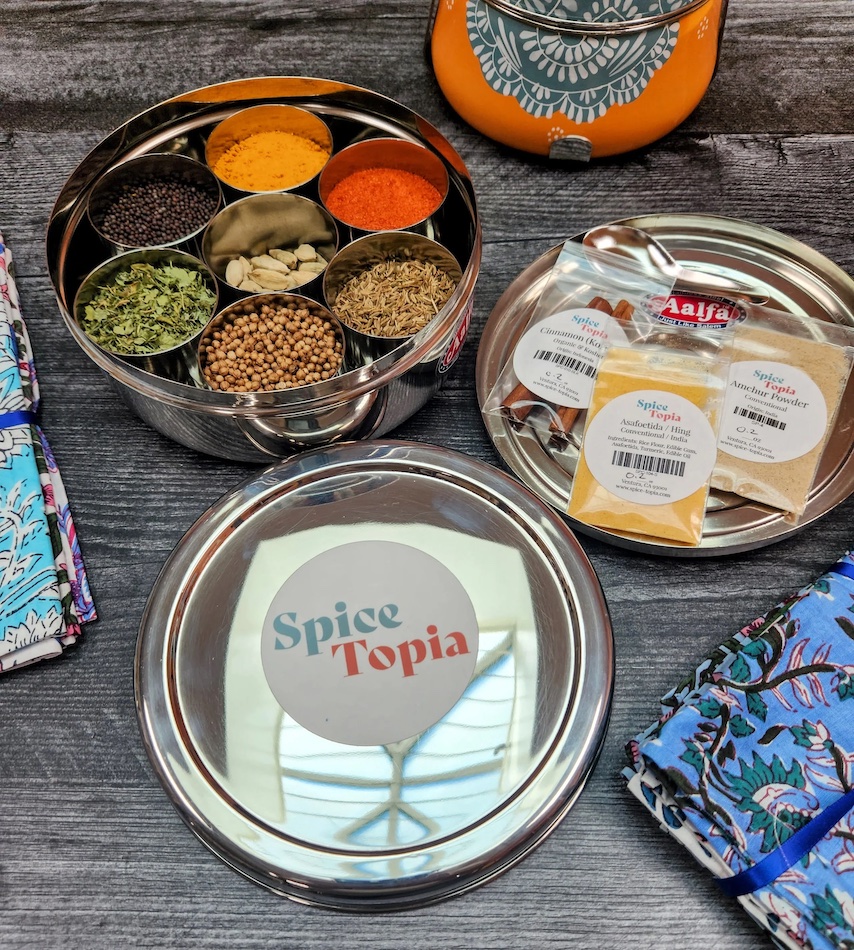
Northern Indian cuisine is not just about individual spices; it's about the masterful blend of these spices that creates a symphony of flavors. The art of spice blending is an integral part of Northern Indian cooking, passed down through generations and honed to perfection.
The following spice blends are essential tools in the Northern Indian culinary repertoire. Each blend has its unique flavor profile, designed to enhance specific dishes and create a harmonious balance of flavors.
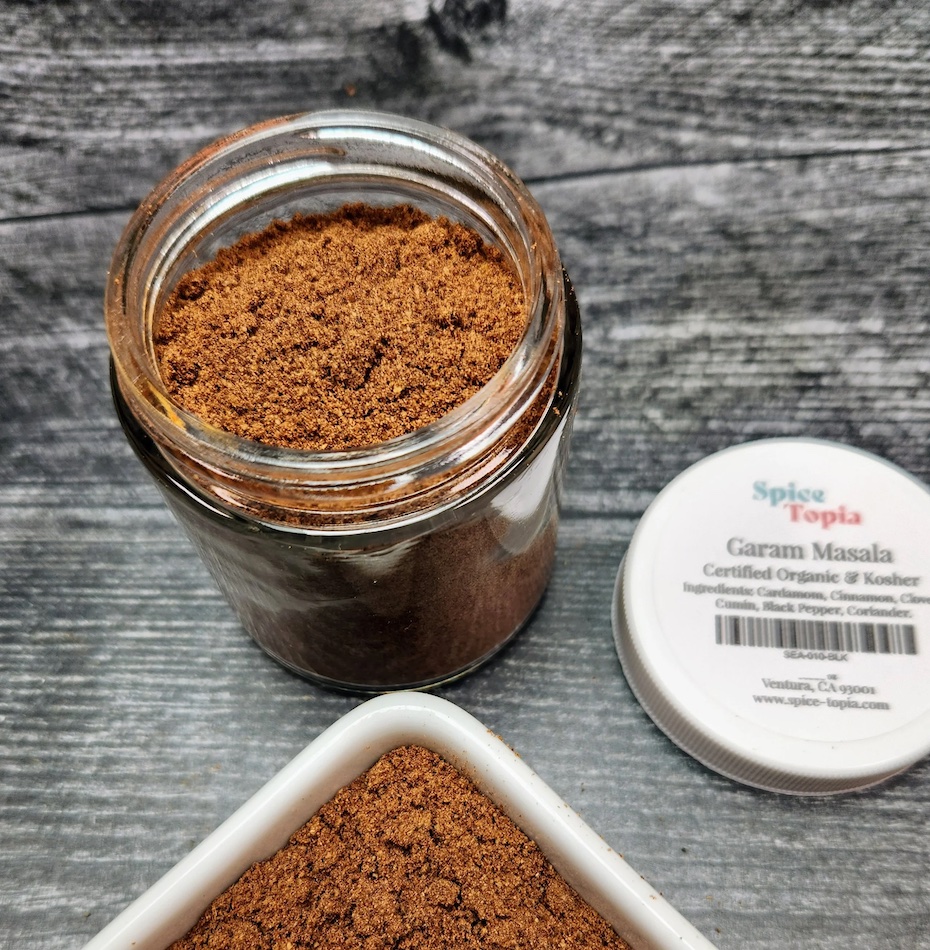
Garam masala, the quintessential spice blend of Northern Indian cuisine, is a unique blend of flavors, composed of coriander, black pepper, cardamom, cloves, and cinnamon. Each spice contributes its unique essence, creating a warm, aromatic blend that adds complexity to curries, stews, and marinades.
Read more about this ancient spice blend!

Chaat masala is a versatile spice blend, adding a tangy and refreshing flavor to chaat snacks, salads, and fruit salads. While it usually has a base of amchoor (dried mango powder), black pepper, coriander, cumin, salt, and dried ginger, there are many different versions of this blend. At SpiceTopia, we blend kala namak, cumin, amchur, coriander, black pepper, asafoetida, ajwain, anise seed, and cayenne pepper to create a sour, sweet, funky, and slightly spicy blend.
Panch phoron, meaning "five spices," is a blend of cumin seeds, fenugreek seeds, mustard seeds, nigella seeds, and black cardamom. With notes of licorice-like sweetness, earthiness, and a bit of warmth, it is commonly used in tempering oils to finish dishes like dals, vegetable curries, and lentil stews.
Shop our complete collection of Indian Spices!
We invite you to explore the many flavors and foods of Northern India with the following recipes:
Tag @spicetopia on Instagram and Hastag it #spicetopia so we can see all your recipes.
Pin this recipe and share it with your followers.
Organic, Fair-Trade, Ethically Sourced, Created with Love Spices, Teas, and Locally Crafted Foods
Thank you for visiting our site!